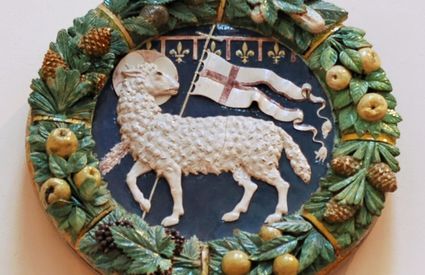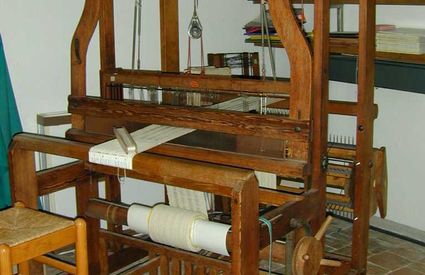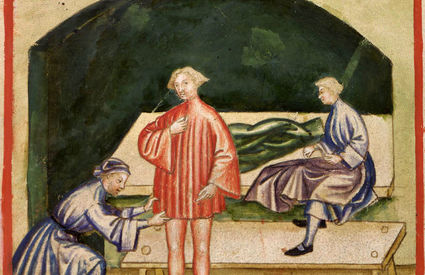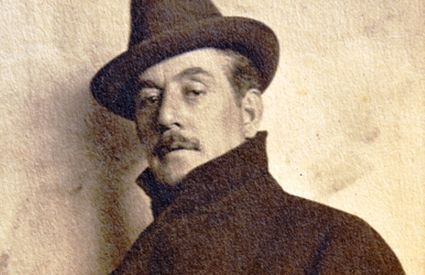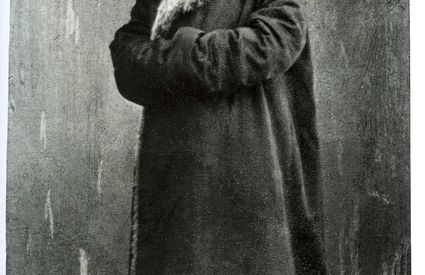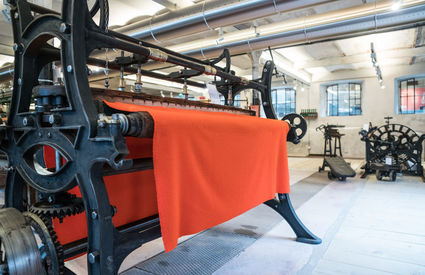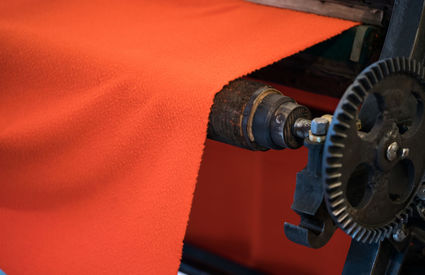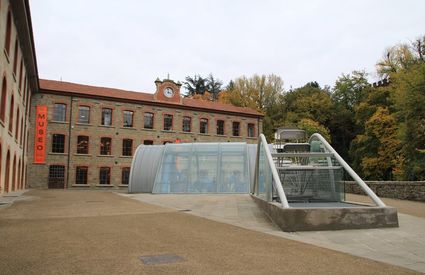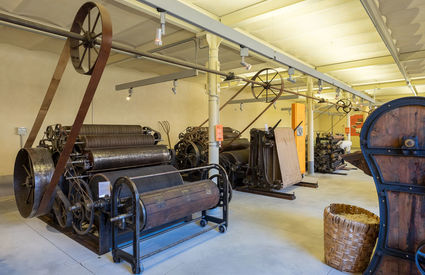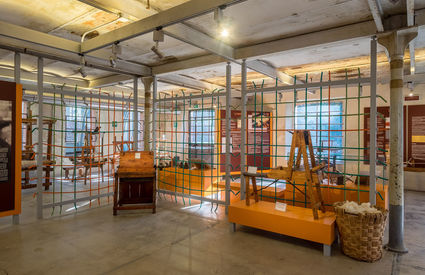Pratovecchio Stia
As steadfast as a Casentino curl
The centuries-old history of a land long dedicated to woolwork
As steadfast as a Casentino curl
The centuries-old history of a land long dedicated to woolwork
Once upon a time...
Woolworking has been well known throughout the Casentino region since ancient times. Arriving in the area with the Romans, weaving was destined to stay in the valley forever. Appearing in ancient loom weights and the Arte della Lana symbol in Stia’s town crest, the tradition would later make a comeback, coming to light once again in the panno Casentino, or famous Casentino fabric.
A document dating from
1349 mentions the “fulling mills for purging and felting fabrics”. A rustic and compact fabric was already being
woven in Stia at that point, to be sold between Prato and Florence. Ideal
for its durability and resistance in bad weather conditions, it was frequently
used by monks and shepherds. Initially, antagonism
on the part of Florence’s Magistrati dell’Arte della Lana led them to
impose an unrefined finish on
Casentino wool: similar to Franciscan habits, this was unable to compete with
the city’s products. When, midway through the 16th century, fabric
makers managed to improve its quality, the same magistrate introduced a trademark to distinguish the Casentino
fabrics from those produced in Florence.
Meanwhile in Stia, the textile weavers continued to refine their technique in
the various botteghe under the
colonnades of the Borgo Maestro strip…
Casentino fabric
In the 19th century, the very name of Casentino would become synonymous with that unmistakable heavy, wrinkly, orange fabric, produced right in Stia. The legendary color actually originated with a mistake, attributable to inexperience: the dye was applied with potassium alum instead of with aluminum sulfate, which would have created a vibrant red. But no one minded the surprise, and over time the color orange became just as indissolubly set in the collective imagination as it was in the fabric itself. Soon after, green was also added, lending a touch of definitive elegance: coats from the Casentino were by this point being worn by such figures as Giuseppe Verdi, Giacomo Puccini and the baron Bettino Ricasoli.
Stia's wool mill (lanificio)
In 1738, wool
production in Casentino saw a sudden shift: Francesco III of Lorraine liberalized both the production and the
market of fabric throughout all of Tuscany, with the Arte della Lana in
Florence no longer having any special privileges. Later on, credit for continual
growth would go to the Ricci family,
who in 1852 established the Società di Lanificio di Stia. At the National Expo of 1861—the first for
a newly united Italy—the Lanificio won the gold medal for its military fabrics.
In 1894 the Lanificio was passed to the Lombard family, who turned over
the direction to the Venetian Giovanni Sartori, a student of Alessandro
Rossi, founder of LaneRossi in Schio. Sartori brought the factory to the level
of Italy’s most important wool mills and in 1918, the year of his death,
the Lanificio was at the height of its prestige (it even provided the
furnishings for the Savoy residence!) At the end of World War I, the 500
workers produced more than 700,000 meters of fabric. Between the two wars, the
Lanificio was able to handle market competition, but later entered a crisis
that ultimately brought about its failure in 1985.
Today, its glorious structures are home to the Museo dell’Arte della Lana, while the fabric tradition is kept alive by other wool mills in the area.


